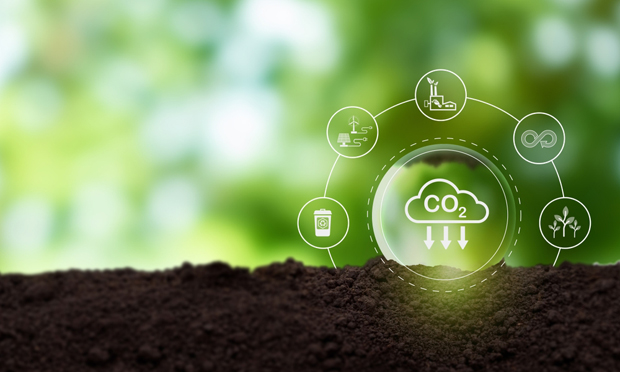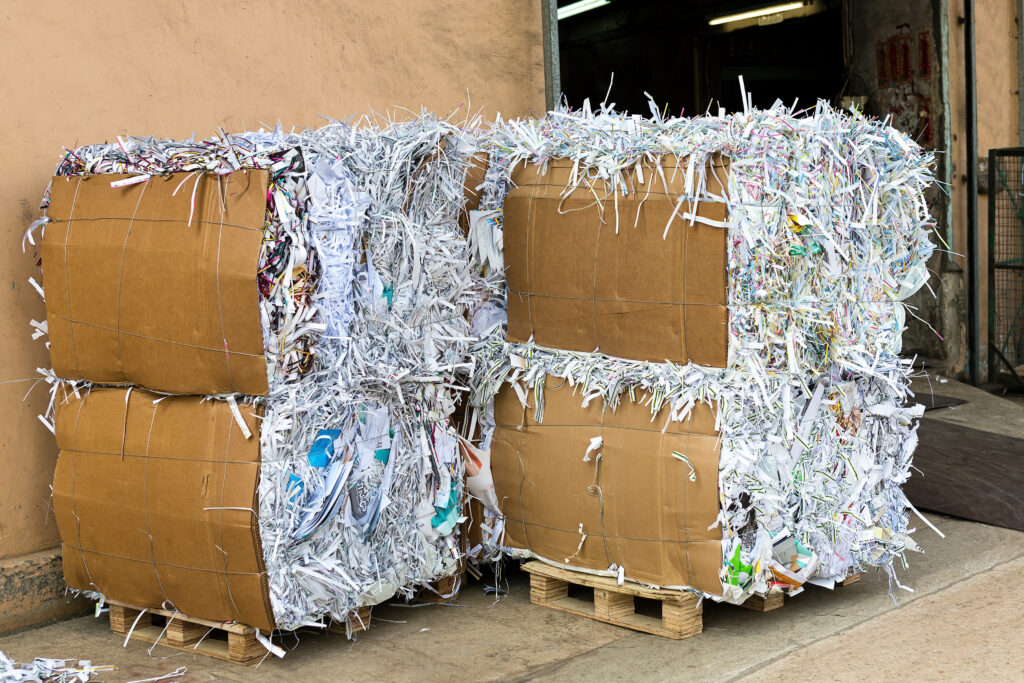During the World Recycling Convention in Abu Dhabi, BIR’s Paper Division heard from the UK’s Ranjit Baxhi, managing director of J&H Sales International who is also a former BIR president. Mr Baxhi challenged the recovered (or waste) paper sector to focus on the creation of a global carbon credit system whereby paper and other recyclers would be financially rewarded for their role in saving CO2 as part of the drive to Net Zero.
Carbon credits
The speaker said he accepted that voluntary carbon credits (VCCs) bought by carbon emitters to offset their CO2 emissions was not a current focus for the paper recycling sector but predicted that “in the next five years, this is what you will all be talking about”. Earning credits by recycling paper and other materials could bring in US$ 1-2bn for stakeholders across the global recycling chain, he believed. “We are supplying 240 million tonnes of recovered fibre to generate about 430 million tonnes of new paper across the world. That 240 million tonnes can be, should be, and must be part of the VCC system.”

Mr Baxhi’s presentation, ‘Sustainable global shift in recovered fibre – 2030 perspective’ considered the current state of the sector and what could change within the coming years. It was speech praised by Paper Division president Francisco Donoso of Dolaf Servicios Verdes of Spain for “opening our minds to new perspectives” in areas not often discussed in the sector.
Low grade fibre
Sharing five key factors which he said determined successful global trade: logistics costs, currency volatility, economic outlook, demand, and quality control, Mr Baxhi went on to talk about low grade fibre. He cautioned that with parts of the world developing local collections, exporting lower grades of any fibre would by 2030 be “a no-go area” and more fibre would end up in energy recovery.
Improving quality and efficiency in sorting plants will be key in the coming years, Mr Baxi asserted, with AI, robotics and optical sorters all helping to achieve this. Paper mills will demand green audit trails and AI in data systems “will play a very important part in our industry” in generating them, as well as transforming logistics and payment systems.
India
Mr Baxhi thought the Indian market had big growth prospects: “Demand for recovered fibre in India will grow first and foremost because of e-commerce.” There are expected to be 300 million people in India using e-commerce by 2025, increasing packaging demand. Capacity at Indian paper mills, of which there are around 750, is projected to grow from 14 million tonnes to over 20 million tonnes by 2030 and paper consumption is projected to be 25 million tonnes by 2030. “The good news for us is that 75% of Indian paper mills are totally dependent on recovered fibre,” Mr Baxi said. Around 30% of domestic fibre in India is recovered and it imports around 12 million tonnes.
Considering exports of key paper grades to India over the last 18 months, Mr Baxi called 2023 “a roller coaster ride” with prices falling 50%. “Volatility in fibre prices and sea freight costs are becoming more and more important for paper mills to decide which region and which supplier to buy from.”











Subscribe for free